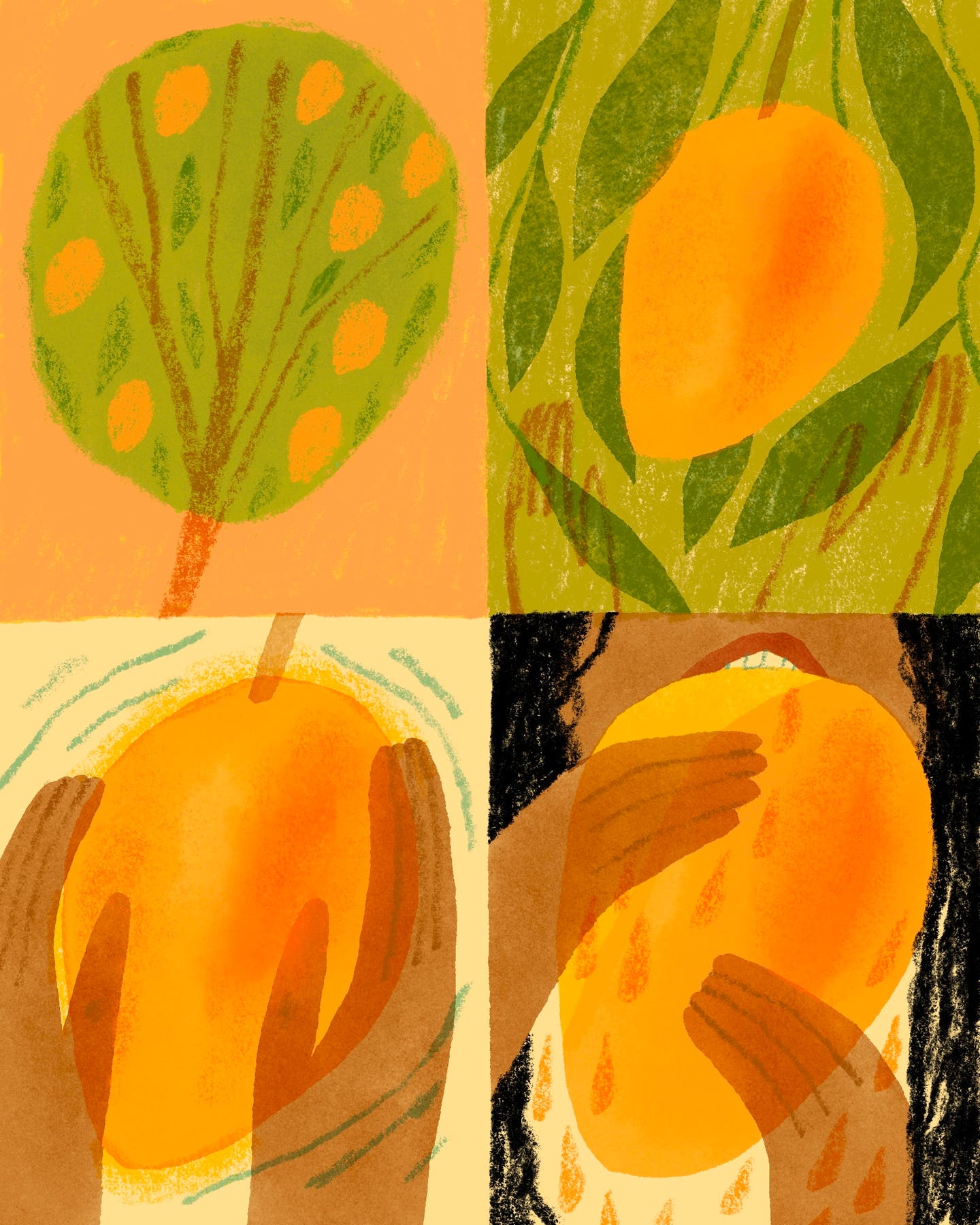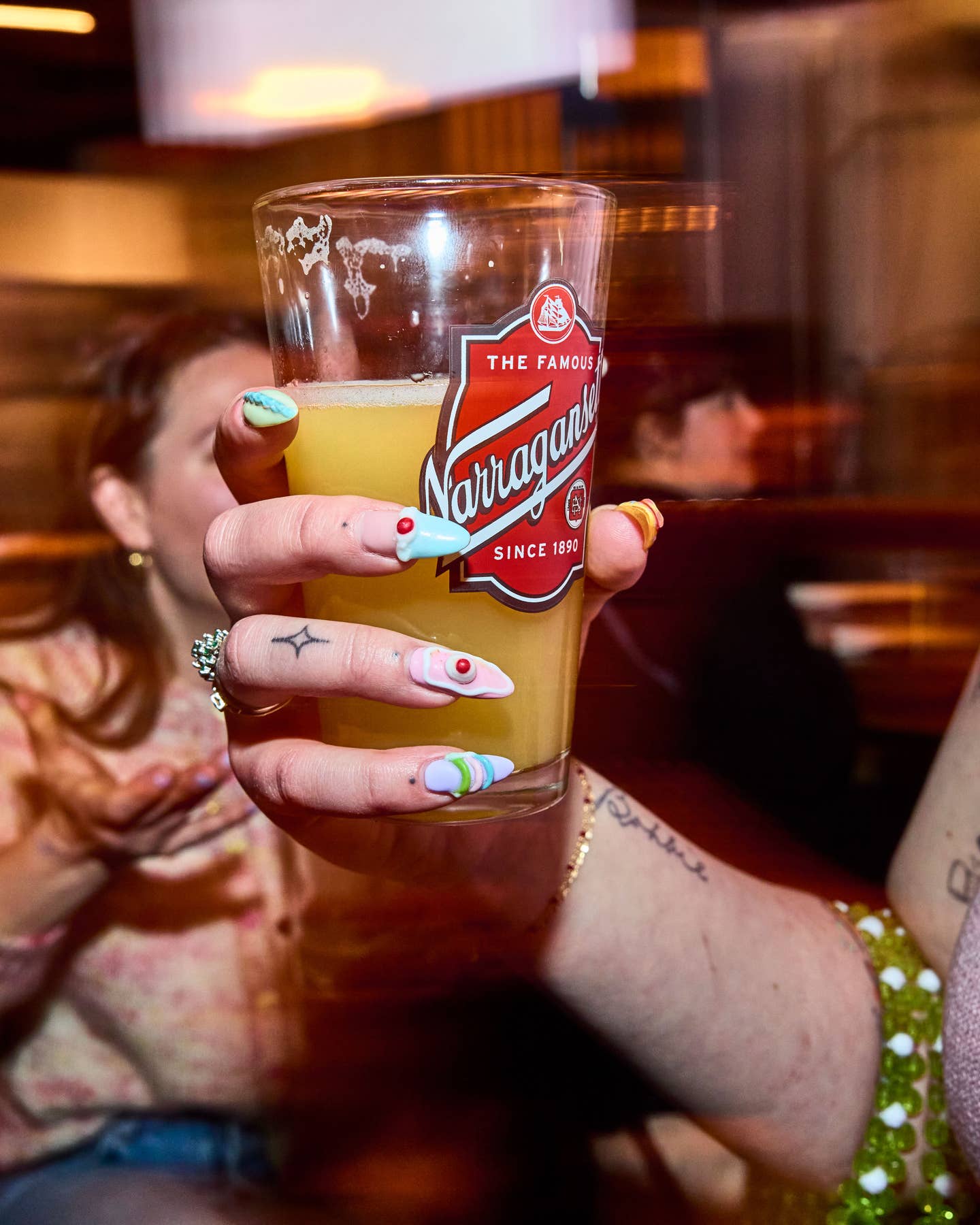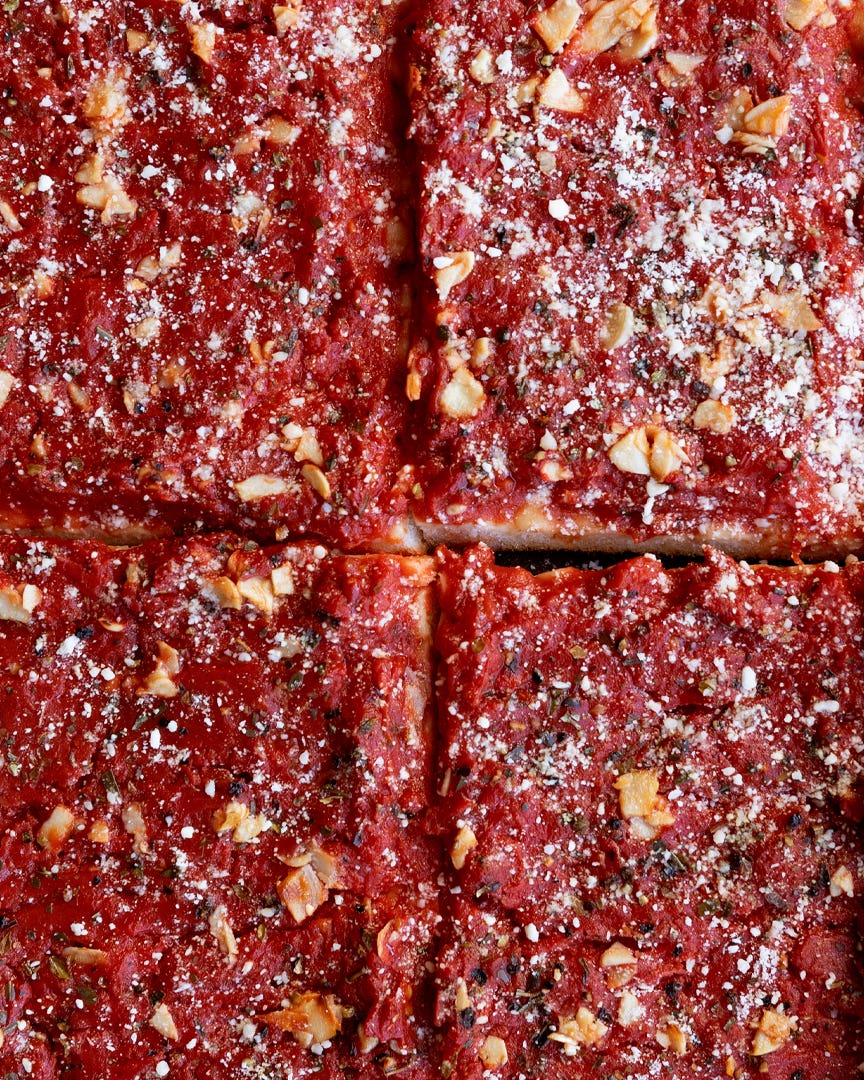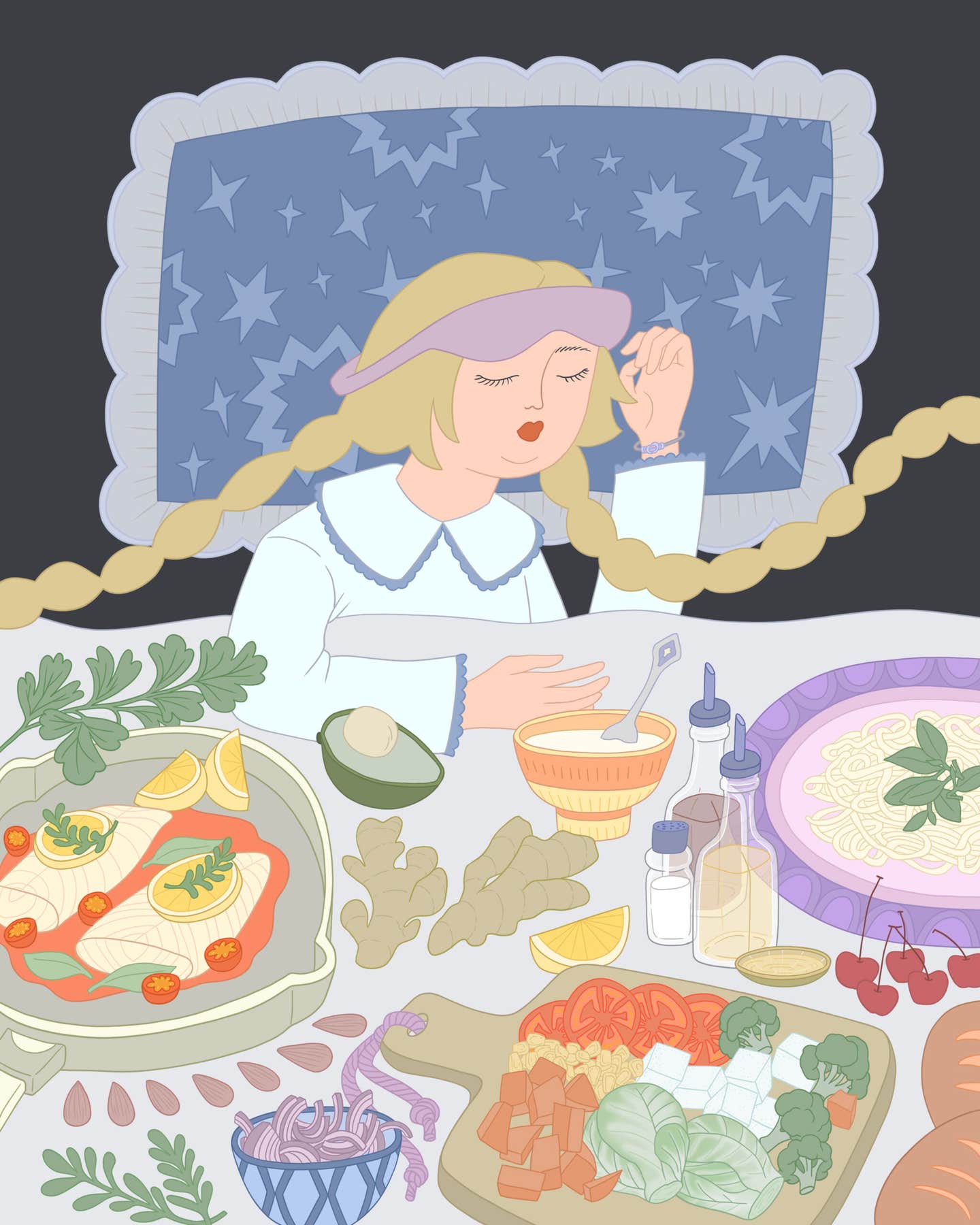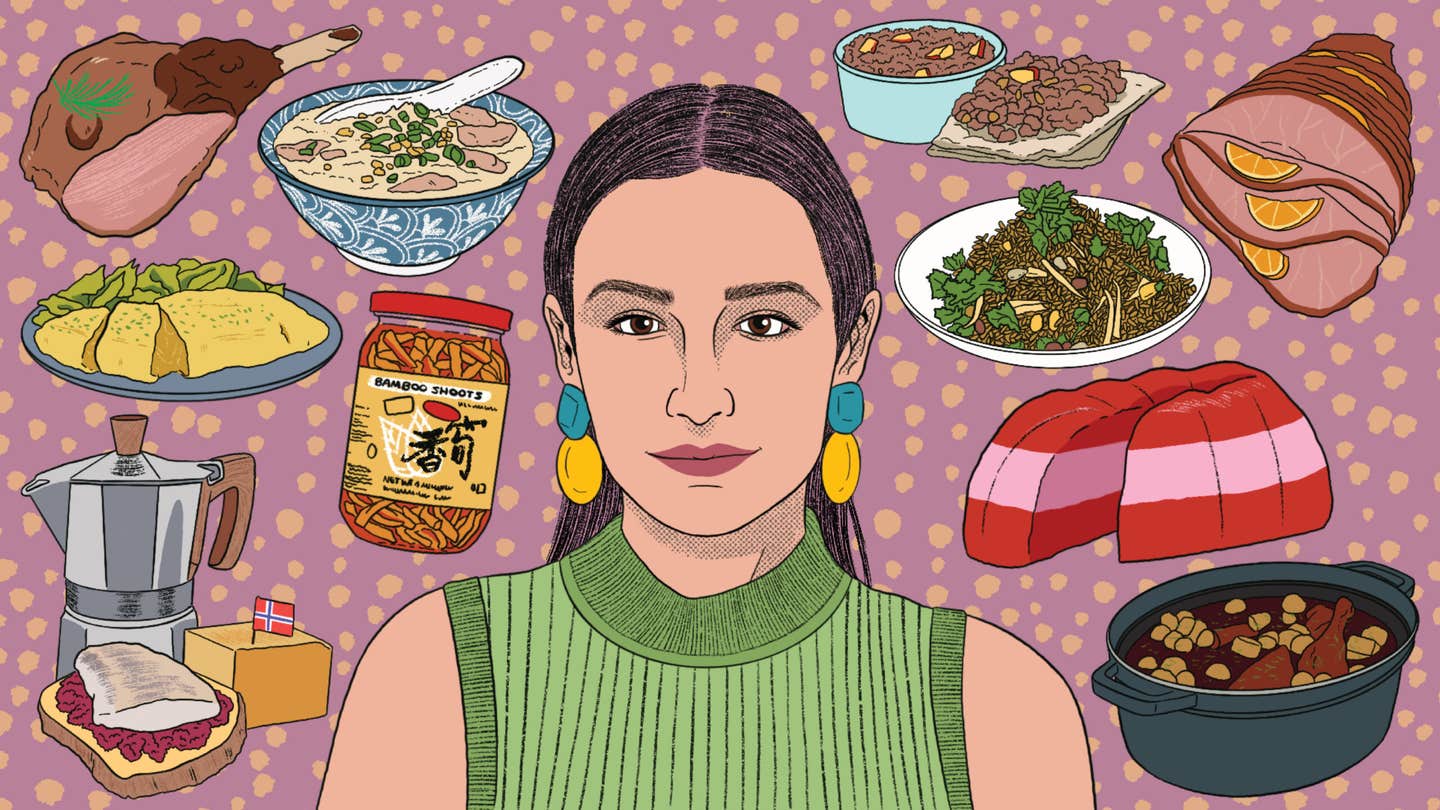The Decade of the Chile Pepper
Love hot sauce? You probably have the ‘90s to thank—for a bunch of surprising reasons.
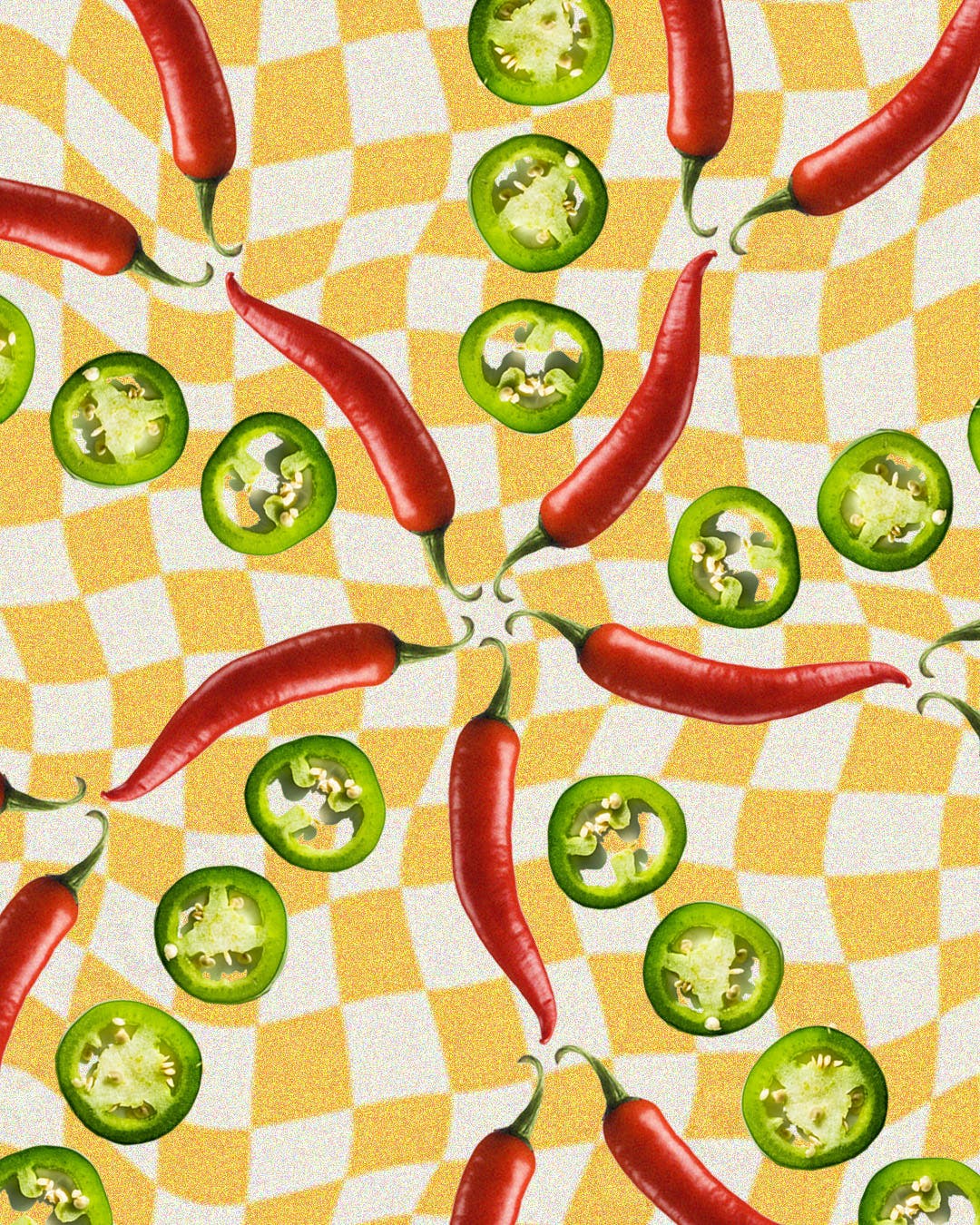
In the early 1990s, an aspiring California chile farmer named Frank Garcia claimed to discover a mutant red pepper growing in his fields. He dubbed it the “Red Savina” and sent it off to a lab to see just how spicy it was. The number that came back floored him: 575,000 Scoville heat units. Exponentially hotter than your average jalapeño (which clocks in at around 5,000), it even outscored the world’s hottest pepper at the time, the habanero, which tops out at 350,000 units. The Guinness Book of World Records declared the Red Savina the world's hottest pepper in 1994.
The Red Savina wasn't a sui generis event. It was just one of a number of mileposts in the great Scoville escalation race of the 1990s, the decade when America went nuts for spicy food—and spicy food, in turn, got hotter and hotter. It was the heyday of Chile Pepper magazine, a time when “chileheads” began testing their limits at jalapeño-eating contests and boutique hot sauces were all the rage. By the 1990s, to be a chilehead wasn’t just a culinary preference. It was a lifestyle. A badge of pride. Occasionally, a test of one’s gustatory mettle.
To understand how hordes of everyday Americans became Scoville-ratcheting masochists in the matter of a decade, we have to look at more widespread changes in American culture. In 1990, a quarter-century had passed since President Lyndon Johnson's 1965 Immigration Act eliminated racist quotas blocking immigration from Latin America, Asia, and Africa. At the same time, two decades of investment in U.S. airlines had made international travel affordable for middle class Americans.
People living in this quickly diversifying, more internationally connected country were watching global cooking shows on the new Food Network, dining at international restaurants that didn’t shy away from spice, and buying ingredients like mangos and chipotles that—if you can believe it—were largely novel at the time. In 1992, the New York Times reported that sales of salsa had outpaced those of ketchup. "It's a whole change of order," Campbell soup executive Tony Adams told reporter Molly O'Neill. That said, the tone of most of those jarred salsas was mild, and the only hot sauces most grocery stores stocked in those days were Tabasco and Tapatío.
Caribbean and other immigrant communities in North America had long cooked with ultra-hot chiles like habaneros and Scotch bonnets. These fruity, slashingly hot chiles also flavored bottled hot sauces, which lured in early adopters with playful names like Pickapeppa and VooDoo Jerk Slather. In the early ’90s, when the U.S. began importing dried and fresh habaneros—cheaply and in large quantities—from the Yucatán and Belize, entrepreneurs like Garcia got to thinking: If Americans wanted fire in their food, why not sell them an inferno?
Garcia now confesses that he didn't stumble upon the Red Savina in the way he described to the press: An aerospace engineer and budding entrepreneur, he emptied his kids' college funds to invest in the creation of a new, consistently extra-hot habanero variant. He would sell them both dried (for spice companies) and fresh (at groceries and farmers markets). But when Garcia brought fresh Red Savinas to markets in Los Angeles, confident that Latino cooks would pounce, the peppers shriveled in the bins. The customers were “used to buying jalapeños or serranos, peppers they grew up with in Latin America or Mexico," he says. So he tried another marketing approach: pitching the Guinness Book of World Records.
Once news broke of the Red Savina's record-setting hea, the needle finally moved. Demand spiked in parts of the country with large South Asian and Caribbean communities such as Chicago, New York, and Miami, but the Red Savina found an even greater audience among people who were simply excited to try the world's hottest chile.
Catering to this new clientele were Tim and Wendy Eidson, owners of a mail-order business called Mo Hotta Mo Betta, based in San Luis Obispo, California. The Eidsons had no deep background in chile cookery. They were simply entrepreneurs, with expertise in retail and film, looking for a good business idea. In the late 1980s, Tim was picking up bottles of Latin American and Caribbean hot sauces, and the couple noticed there was no nationwide source. It dawned on the couple that, as Tim Eidson says, "people who hate hot, hate hot. But people who love hot are obsessive about it."
In the pre-internet era, tracking down spicy foods was no easy task. The Eidsons criss-crossed North America, scouring markets and searching out sauces that would bring the heat. Some, like Búfalo Chipotle, came from Mexico. Others, like the Sriracha sauce from Huy Fong Foods, were small U.S. food brands barely known outside their region.
In 1989, Mo Hotta Mo Betta (a phrase that Tim, a surfer, had picked up in Hawaii) printed a few hundred catalogs in its first run and sent copies to the editors of food publications around the country. Charles Perry, then editor of the Los Angeles Times, was the first to bite. The 1991 profile he wrote was syndicated nationally. "Suddenly, we were getting hundreds of pieces of mail a day," Tim Eidson says.
As their sales grew, so did their merchandising. Customers could buy Mo Hotta Mo Betta T-shirts and caps emblazoned with their logo. Chile culture was a whole aesthetic: Suddenly, people across the country were hanging ristras of red New Mexico chiles in their kitchens—many of whom had never set foot in the Southwest. There were bespoke tasting kits and mail-order bottles that one could emblazon with personal photos. Meanwhile, chile mania was sweeping restaurant kitchens, where half the line cooks in America seemed to sport baggy chef's pants with chile pepper prints.
As the 1990s progressed, and competitors to Mo Betta Mo Hotta emerged (such as the Hot Hot Hot, one of the Web’s first online stores), a cadre of hot sauce collectors emerged, ordering bottle after bottle to display on their dining room shelves. And a domestic industry arose in the U.S. to serve these label collectors. Suddenly, there was a crop of American hot sauces created solely for the purpose of blowing out the palates of anyone brave enough to try them. Dave's Insanity Sauce and Blair's Death, made with oleoresin paste instead of fresh peppers, are two examples.
Chile aficionados like the Eidsons and DeWitt were not fans of these ultra-hot sauces. The spicy foods they loved vibrated with the rich and varied flavors of the world’s chiles, while Dave’s Insanity Sauce and its kin lacked no other raison d'être than to inflict pain. But the prospect of insanity, death, or public humiliation only seemed to spark the imagination of chileheads. "At the Fiery Foods Show, we had to institute rules that companies could only [hand out tastes] of the super-hot sauces on the end of a toothpick," DeWitt says. "Otherwise, there'd be projectile vomiting. It was not only disgusting but unsanitary."
When the Eidsons produced Mo Hotta Mo Betta's first in-house line of sauces in 1997, it included an ultra-hot sauce to satisfy the adventurous—but instead of oleoresin, they used Frank Garcia's Red Savinas. In fact, Mo Hotta Mo Betta teamed up with Garcia to ship fresh Red Savinas nationwide. According to the Hartford Courant, Oprah Winfrey once brought a basket of Red Savinas onto her show, but after she tasted a chile, the crew had to shut down taping for 30 minutes while she recovered.
The race for ever-spicier chiles and hot sauces intensified through the late ’90s. In 1998, the New York Times reported that hot sauce had become a $180 million business, $327 million in today’s dollars. "I used to go to Albertsons [a West Coast grocery store] and count the number of hot and spicy products on the shelves. They were doubling every year," says DeWitt. The Eidsons saw the trend peaking and wisely sold their company to the Georgia-based Spices Etc., another mail-order business “[The hot-sauce market] was becoming ridiculously competitive and all about heat, not flavor, quality, or integrity,” Wendy says.
Garcia did, in fact, recoup enough money to send both of his daughters to college. The McIlhenny Company bought Red Savinas in order to introduce a Habanero Tabasco in 1996. His pepper held on to its world record until the early 2000s, when chileheads traveling in India shipped seeds from an Assamese pepper called the bhut jolokia (ghost pepper) back to the United States. When the New Mexico Chile Pepper Institute measured their heat level, it clocked in at 1 million Scoville heat units.
Decades after DeWitt left Chile Pepper magazine, he says he thinks the Scoville race of the 1990s was about a collective craving for new sensations. "One person called it culinary bungee jumping, which is a bit of an exaggeration,” he says. “People were looking for a lot of adventure in their food, and chiles provided that adventure." Besides, the Eidsons add, spicy foods were fun. As psychologists Paul Rozin and Deborah Schiller wrote in the 1980s, dosing yourself with capsaicin is like riding a roller coaster: What makes the thrill tolerable is knowing you’re firmly strapped in. The pain of this “benign masochism” is transitory. The glory is all in your head. By the 2000s, the Scoville escalation race plateaued—many of us, it turns out, have a limited tolerance for vomiting over our dinner—and self-dosing with capsaicin for kicks evolved into a mainstream rite of passage. We still dye Flamin' Hot Cheetos red and embrace them as a culinary meme. We film ourselves eating Red Savinas for likes and retweets. We listen to artists yelp in capsaicin-induced pain as they publicize their newest album. Eaters all over the world adore chiles, but turning spice into spectacle seems to be a distinctly American sport.
Keep Reading
Continue to Next Story
